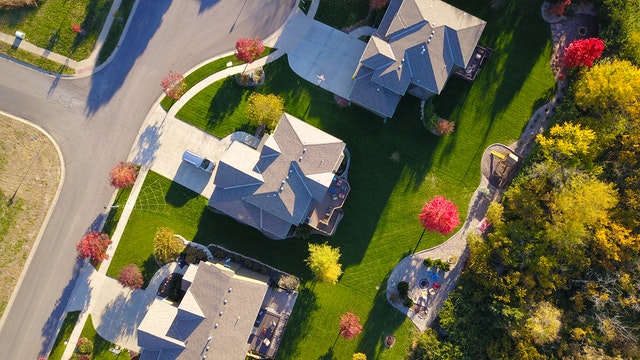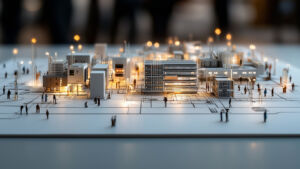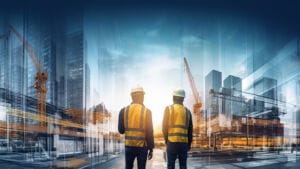Urban land development is a cornerstone of modern city life. It’s the process of turning neglected or underutilized areas into thriving, attractive places where people can live, work, and connect. This transformation doesn’t just change the physical appearance of a space—it also breathes new life into communities and creates opportunities for economic growth.
MORE NEWS: 12 Arizona companies make Healthiest 100 Workplaces in America list
Urban land development isn’t about throwing up buildings haphazardly. It’s about thoughtful planning, clever design, and sustainable practices. Developers work to ensure that the spaces they create serve the needs of today’s communities while leaving room for future growth.

What is Urban Land Development?
Urban land development reimagines spaces, turning unused plots into functional and inviting areas that meet modern demands. Developers take a holistic approach, considering everything from infrastructure and aesthetics to sustainability and community needs. The aim is to build spaces where people want to live, work, and spend time.
Urban land development involves several key steps:
- Land Acquisition: Finding and securing plots with potential.
- Planning and Design: Collaborating with architects and engineers to create spaces that are practical and visually appealing.
- Construction and Revitalization: Building new structures or transforming existing ones to fit the project vision.
- Sustainability: Incorporating green building practices and energy-efficient systems to minimize environmental impact.

Turning Ideas Into Reality
Every successful urban land development project starts with a solid vision. Developers look at the location, zoning laws, and the needs of the surrounding community. These factors help shape the project’s purpose, whether it’s a residential area, a commercial hub, or a mix of both.
Designing stylish and functional spaces is a top priority. Today’s projects go beyond just meeting basic needs. Developers aim to create places that stand out—whether through innovative architecture, green spaces, or mixed-use developments that bring together homes, shops, and offices. For instance, a residential complex might include a community garden or coworking spaces to enhance its appeal.
Why Sustainability Matters
Sustainability has become a key focus in urban land development services. Developers are increasingly aware of the importance of reducing environmental impact while building spaces that last. This means using eco-friendly materials, prioritizing energy efficiency, and designing buildings that are adaptable to future needs. Green roofs, solar panels, and water-saving systems are just a few examples of how sustainability is woven into modern projects.
By adopting these practices, urban land development not only helps protect the planet but also creates healthier, more attractive spaces for people to live and work. It’s about finding the balance between meeting human needs and preserving natural resources.
The Impact on Communities
Urban land development does more than improve the appearance of cities. It creates spaces where people can thrive. Well-designed developments can attract businesses, increase property values, and provide better amenities for residents. They can also reduce urban sprawl by making better use of existing spaces, which helps preserve natural areas outside city limits.
For example, transforming an old industrial site into a mixed-use development can turn a neglected area into a bustling community hub. This kind of redevelopment not only benefits residents but also boosts the local economy by creating jobs and attracting new businesses.
Urban Land Development Challenges and Solutions
Urban land development isn’t without its challenges. Limited space, strict zoning laws, and rising costs can make it difficult to bring projects to life. However, creative solutions and strategic planning can help developers overcome these obstacles. Working closely with city officials, using advanced technologies like GIS mapping, and involving the community in the planning process are just a few ways developers can tackle these challenges head-on.
Making Cities Better, One Project at a Time
Urban land development is shaping the future of cities, turning neglected areas into vibrant, stylish living spaces. It’s not just about building structures—it’s about building communities. With the right mix of planning, design, and sustainability, urban land development can transform spaces into places where people love to live, work, and play.
If you’re considering a project, it’s essential to partner with a firm that understands the complexities of urban land development. Professional land development companies can guide you through every step, from planning to execution, ensuring your vision becomes a reality.




